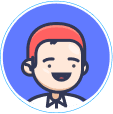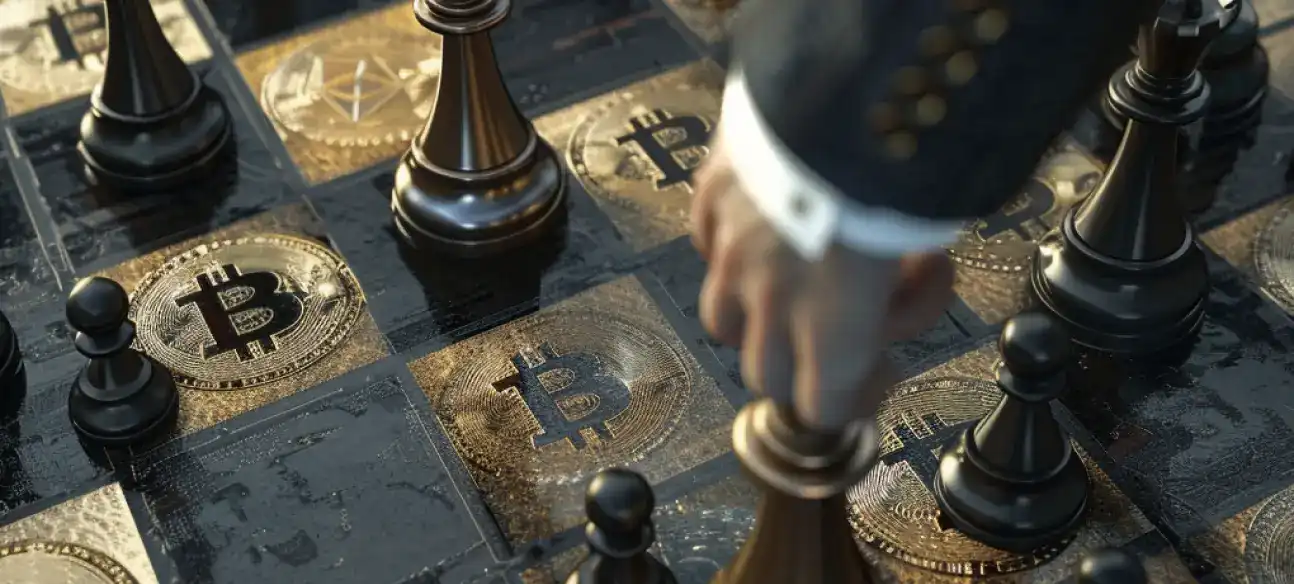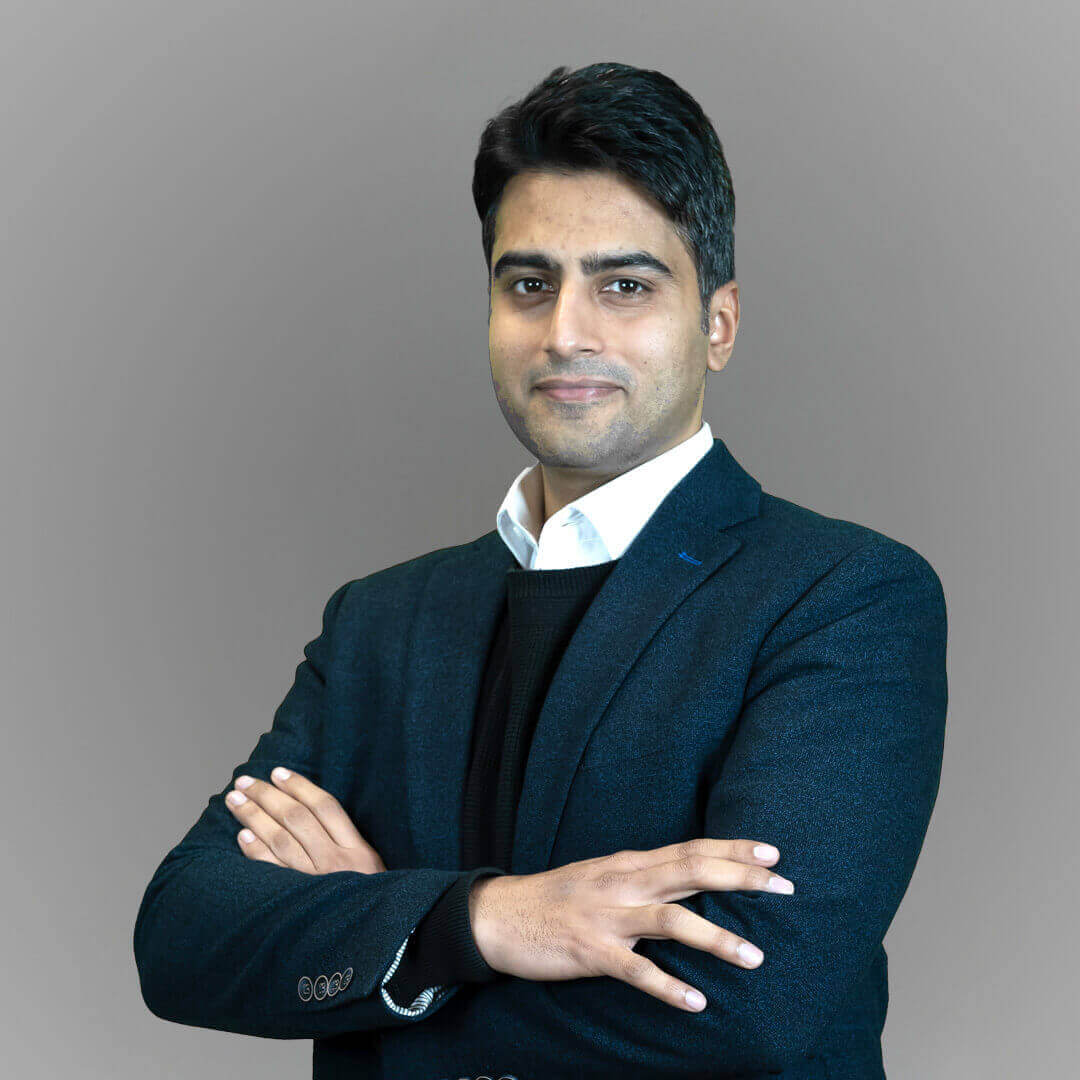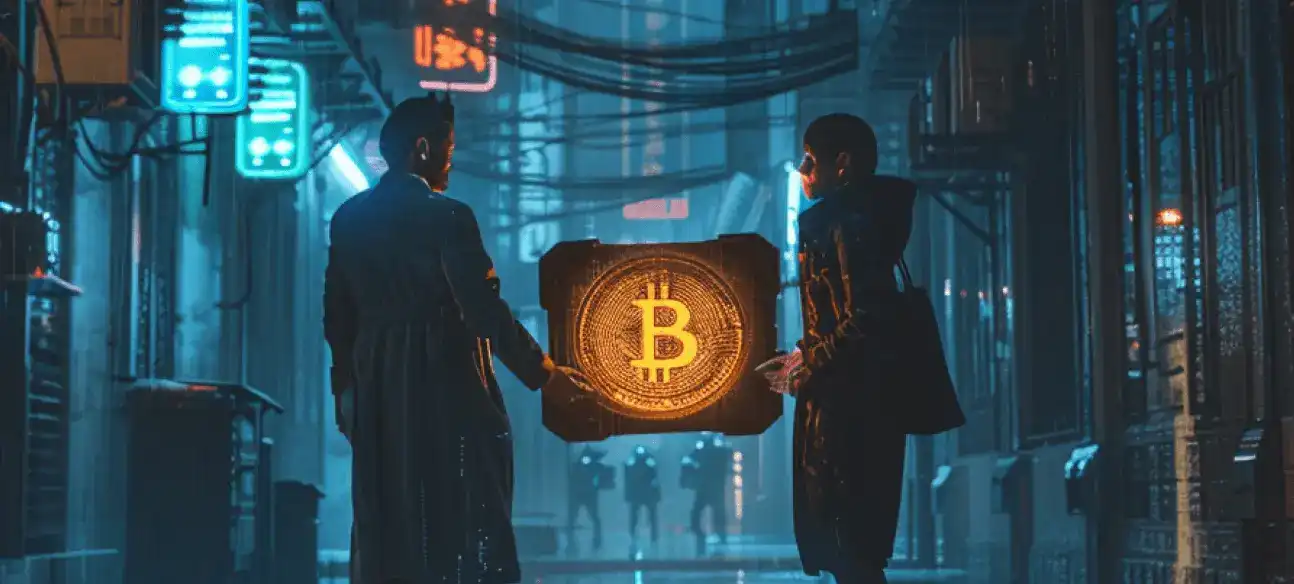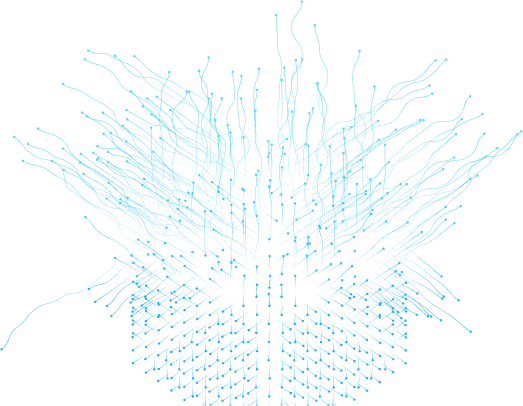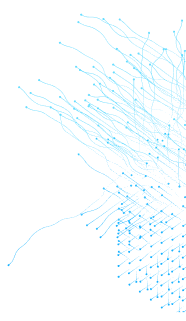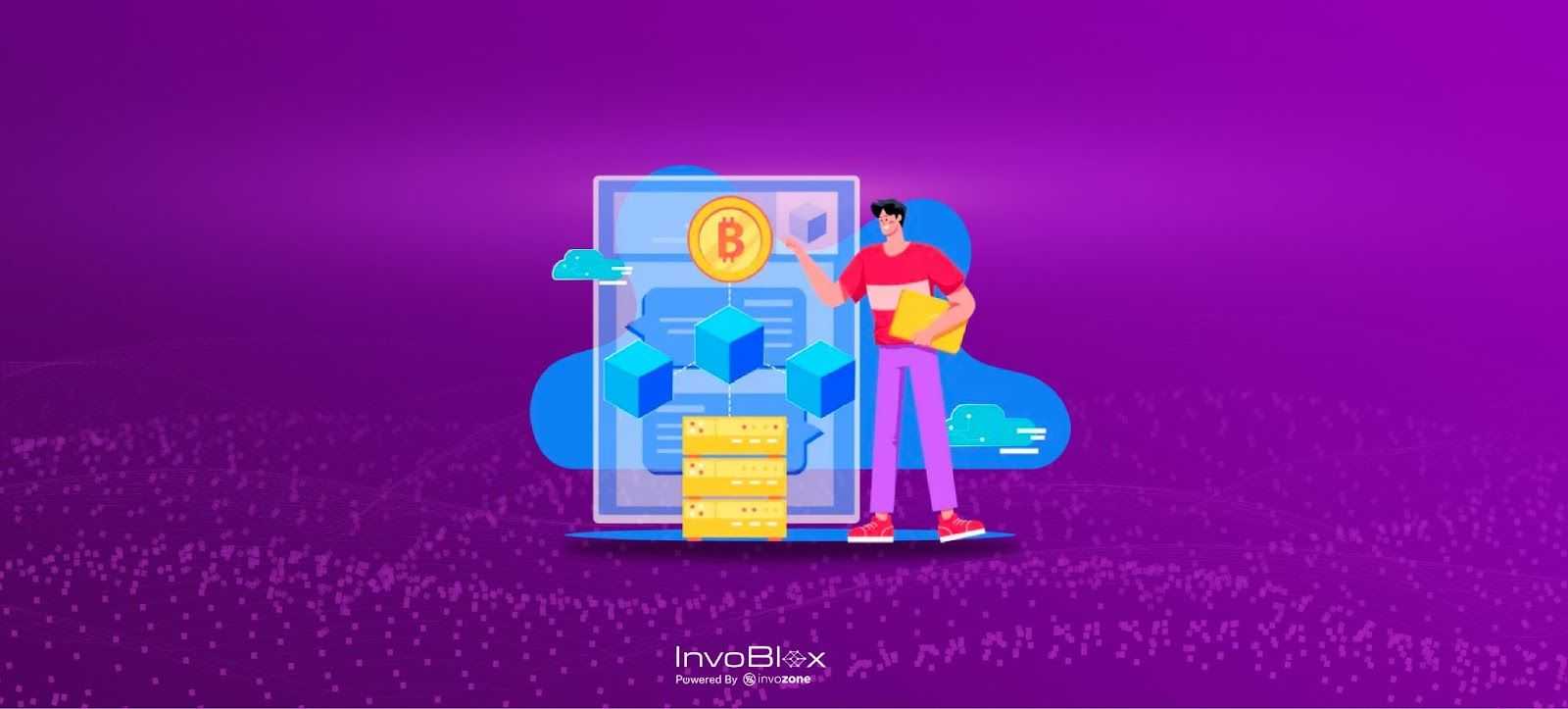
Blockchain Developer Roadmap 2024
Table of Contents
If you are someone who is struggling with blockchain projects, or someone who feels a gap in learning and skill set as a blockchain dev, this roadmap for blockchain developer is perfect for you. After completing these steps you will struggle less while doing any blockchain project.
The Learning Curve 1 & 2
At the first two stages you will learn two languages (Javascript + Solidity) & one domain (Blockchain) with hands-on experience.
Stage 1: Basic Languages & Tools to become a blockchain Developer
Learn MERN by get hands on the following languages (Please stop thinking about becoming a 4 years experience MERN dev, just learn the basics even a simple crud application like todo app, you are a blockchain dev)
- HTML,CSS, Tailwind Css
- JS —> Callback, promises, async await, fetch function
- Reactjs —--> JSX,Functional Components, React hooks
- Nodejs & Express —--> Defining routes, Req/Res cycle, postman, Building API service
- Mongodb —---> DBs, collections & documents
- Learn Linux and its basics.
- Learn git & github and its basics.
- Learn shell scripts (Really basic shell scripts like a simple curl command in a shell script, just so you have an idea of it).
- Learn to dockerize that application (essentially using docker compose so you can handle all your services at one file and you can find any online resource on how to develop and dockerize MERN application).
- Learn deployment you can use any free hosts for that like netlify and hostinger
This stage takes hardly 6-8 weeks if you are just a beginner if you have previous experience in development.
Here is a link to a course that can cover a bare minimum or can give you an idea.
Stage 2: Practical Project for Roadmap Blockchain Developer
Learn Ethereum smart contract writing, then move to the web3 integration part.
Goal should be doing at least 3-4 projects (writing contracts and a minimal UI for each project).
Project 1 can be just a follow along tutorial. However, from the 2nd project you should understand the problem statement. Write down its use cases and build a solution in your mind or write it down. And do further projects (Staking, vote system, Digital Identities(very popular now a days))
Here is a link from where you can get all course material for Ethereum development with a certificate.
Learn Hyperledger Fabric basics (must do) from my point of view Fabric is more of Distributed ledger and less of a blockchain (decentralized & Distributed). However, as a blockchain developer you should be aware of fabric and its architecture at least its unique points like
Hyperledger network components:
- Peers
- Channels
- Chaincode
- Orderer
- Transaction Flow
- Scaffolding a minimal fabric project with minifab and IBM vs code extension.
And that's it, this is all you should know about fabric at any point you don't stumble to jump on any fabric project remaining you can learn while doing project.
Please take a good pause here(6 months-1.5 years) and do a bundle of projects where you have a lot of knowledge base at this point to polish your skill. Fill your blockchain developer roadmap github with amazing experiments. Create your portfolio site. Do more & more on leetcode.
And Congratulations you are Fullstack blockchain developer now.
Here is a link from where you can get all the material for basics of HLF with a certificate.
Learning Curve 3
Stage 3: Master The Blockchain Core Developer Roadmap
At this you will learn one or both of the two languages (Rust or Golang) & one domain (Core blockchain development) with hands-on experience about core blockchain developer roadmap.
If your hunger for learning is not fulfilled, let's fuel it up with some amazing technologies. Let's begin the journey of a full stack blockchain developer roadmap. Understand the real problem statements and its solutions in the form bottom up blockchain development.
Note: Don’t deviate from your goal of learning Core blockchain concerns by indulging into Rust/Golang and its advanced topics. Keep on your track.
Just prepare yourself for the challenges and learning curve.
- Learn Rust & its basics like idiomatic Rust(you can follow along let's get rusty Rust tutorial) {Must do}
- Learn generics in rust.
- My preferred flow for this is to go for 21 days leet code method.
- Let me explain you how it works
- Dedicate 2-3 hours daily
- 1st 1 hour do a coding challenge
- Programming skill
- Dynamic Programming
- Watch lets get rusty youtube tutorial for another hour
- Read rust docs
I know this is boring, but you have to bear the pain if you really want to learn rust, nothing is better than docs, trust me.
-
Just to cover the bare minimum in Rust. You just need to implement a use case that will cover core blockchain components and we will choose substrate for this purpose.
-
You have to learn substrate from official docs and just need to follow the tutorials(Use GPT to understand at any point you feel confusion).
-
Here is quick start guide
-
Here are detailed tutorials you can follow along.
-
Here is another video tutorial for substrate you can find more as well.
Congratulations, if you have covered the basics of rust with generics/primitives and built a blockchain using a substrate framework, you are almost there.
Similarly for Go lang you can follow the above routine as described for Rust to learn and cover its basics
And instead of substrate you can practically work on Cosmos.
And for more hands on experience you can go this website and build real life projects using go, rust, c++
Note: If I talk about stage 3, although I went for Rust programming language from the very start of my career as a blockchain developer. But If I have to start again I would be covering stage 1 and 2 first. And then in stage 3 will go with golang as it has a relatively active community and a lot of support is available. You can also access Learning material now. And comparing the speed and efficiency of both languages they are on the same level almost.
Do this and earn your first six figures.
If you feel my content is valuable do not hesitate to tip me few USDT’s here:
0x93e5f26c49568176be550090b358f7cd5909aaa2
Happy coding, and Stay tuned for my upcoming blog on how to become a golang developer!
We trust this guide has refined your understanding about the roadmap of a blockchain developer. So, if you are craving more insights and expert advice? Explore our diverse range of tutorial blog posts or contact us. If you have questions, we are only a message away. Elevate your journey in the world of blockchain today!
Table of Contents
If you are someone who is struggling with blockchain projects, or someone who feels a gap in learning and skill set as a blockchain dev, this roadmap for blockchain developer is perfect for you. After completing these steps you will struggle less while doing any blockchain project.
The Learning Curve 1 & 2
At the first two stages you will learn two languages (Javascript + Solidity) & one domain (Blockchain) with hands-on experience.
Stage 1: Basic Languages & Tools to become a blockchain Developer
Learn MERN by get hands on the following languages (Please stop thinking about becoming a 4 years experience MERN dev, just learn the basics even a simple crud application like todo app, you are a blockchain dev)
- HTML,CSS, Tailwind Css
- JS —> Callback, promises, async await, fetch function
- Reactjs —--> JSX,Functional Components, React hooks
- Nodejs & Express —--> Defining routes, Req/Res cycle, postman, Building API service
- Mongodb —---> DBs, collections & documents
- Learn Linux and its basics.
- Learn git & github and its basics.
- Learn shell scripts (Really basic shell scripts like a simple curl command in a shell script, just so you have an idea of it).
- Learn to dockerize that application (essentially using docker compose so you can handle all your services at one file and you can find any online resource on how to develop and dockerize MERN application).
- Learn deployment you can use any free hosts for that like netlify and hostinger
This stage takes hardly 6-8 weeks if you are just a beginner if you have previous experience in development.
Here is a link to a course that can cover a bare minimum or can give you an idea.
Stage 2: Practical Project for Roadmap Blockchain Developer
Learn Ethereum smart contract writing, then move to the web3 integration part.
Goal should be doing at least 3-4 projects (writing contracts and a minimal UI for each project).
Project 1 can be just a follow along tutorial. However, from the 2nd project you should understand the problem statement. Write down its use cases and build a solution in your mind or write it down. And do further projects (Staking, vote system, Digital Identities(very popular now a days))
Here is a link from where you can get all course material for Ethereum development with a certificate.
Learn Hyperledger Fabric basics (must do) from my point of view Fabric is more of Distributed ledger and less of a blockchain (decentralized & Distributed). However, as a blockchain developer you should be aware of fabric and its architecture at least its unique points like
Hyperledger network components:
- Peers
- Channels
- Chaincode
- Orderer
- Transaction Flow
- Scaffolding a minimal fabric project with minifab and IBM vs code extension.
And that's it, this is all you should know about fabric at any point you don't stumble to jump on any fabric project remaining you can learn while doing project.
Please take a good pause here(6 months-1.5 years) and do a bundle of projects where you have a lot of knowledge base at this point to polish your skill. Fill your blockchain developer roadmap github with amazing experiments. Create your portfolio site. Do more & more on leetcode.
And Congratulations you are Fullstack blockchain developer now.
Here is a link from where you can get all the material for basics of HLF with a certificate.
Learning Curve 3
Stage 3: Master The Blockchain Core Developer Roadmap
At this you will learn one or both of the two languages (Rust or Golang) & one domain (Core blockchain development) with hands-on experience about core blockchain developer roadmap.
If your hunger for learning is not fulfilled, let's fuel it up with some amazing technologies. Let's begin the journey of a full stack blockchain developer roadmap. Understand the real problem statements and its solutions in the form bottom up blockchain development.
Note: Don’t deviate from your goal of learning Core blockchain concerns by indulging into Rust/Golang and its advanced topics. Keep on your track.
Just prepare yourself for the challenges and learning curve.
- Learn Rust & its basics like idiomatic Rust(you can follow along let's get rusty Rust tutorial) {Must do}
- Learn generics in rust.
- My preferred flow for this is to go for 21 days leet code method.
- Let me explain you how it works
- Dedicate 2-3 hours daily
- 1st 1 hour do a coding challenge
- Programming skill
- Dynamic Programming
- Watch lets get rusty youtube tutorial for another hour
- Read rust docs
I know this is boring, but you have to bear the pain if you really want to learn rust, nothing is better than docs, trust me.
-
Just to cover the bare minimum in Rust. You just need to implement a use case that will cover core blockchain components and we will choose substrate for this purpose.
-
You have to learn substrate from official docs and just need to follow the tutorials(Use GPT to understand at any point you feel confusion).
-
Here is quick start guide
-
Here are detailed tutorials you can follow along.
-
Here is another video tutorial for substrate you can find more as well.
Congratulations, if you have covered the basics of rust with generics/primitives and built a blockchain using a substrate framework, you are almost there.
Similarly for Go lang you can follow the above routine as described for Rust to learn and cover its basics
And instead of substrate you can practically work on Cosmos.
And for more hands on experience you can go this website and build real life projects using go, rust, c++
Note: If I talk about stage 3, although I went for Rust programming language from the very start of my career as a blockchain developer. But If I have to start again I would be covering stage 1 and 2 first. And then in stage 3 will go with golang as it has a relatively active community and a lot of support is available. You can also access Learning material now. And comparing the speed and efficiency of both languages they are on the same level almost.
Do this and earn your first six figures.
If you feel my content is valuable do not hesitate to tip me few USDT’s here:
0x93e5f26c49568176be550090b358f7cd5909aaa2
Happy coding, and Stay tuned for my upcoming blog on how to become a golang developer!
We trust this guide has refined your understanding about the roadmap of a blockchain developer. So, if you are craving more insights and expert advice? Explore our diverse range of tutorial blog posts or contact us. If you have questions, we are only a message away. Elevate your journey in the world of blockchain today!
FAQS
In the current landscape, Blockchain stands out as one of the most rapidly expanding skill sets, experiencing an astonishing growth rate in job opportunities ranging from 2,000% to 6,000%. Moreover, the compensation for Blockchain Developers significantly outpaces that of traditional developer roles, with salaries soaring 50-100% higher.
Initiating a blockchain career involves laying a strong foundation by acquiring a comprehensive understanding of blockchain technology. Start by learning the basics and covering essential elements such as programming languages, cryptography, security, smart contracts, decentralized applications (DApps), networking, and consensus algorithms.
As of 2024, delving into blockchain remains a strategic move, notwithstanding recent shifts in the cryptocurrency landscape. The decentralized ledger technology, commonly known as blockchain, harbors transformative capabilities poised to reshape industries like supply chain management, healthcare, and finance.
Mastering blockchain entails conquering a steep learning curve to comprehend the technology and develop applications. Yet, the potential for industry revolution and innovation justifies the investment, offering significant opportunities in the evolving landscape of 2024 and beyond.
